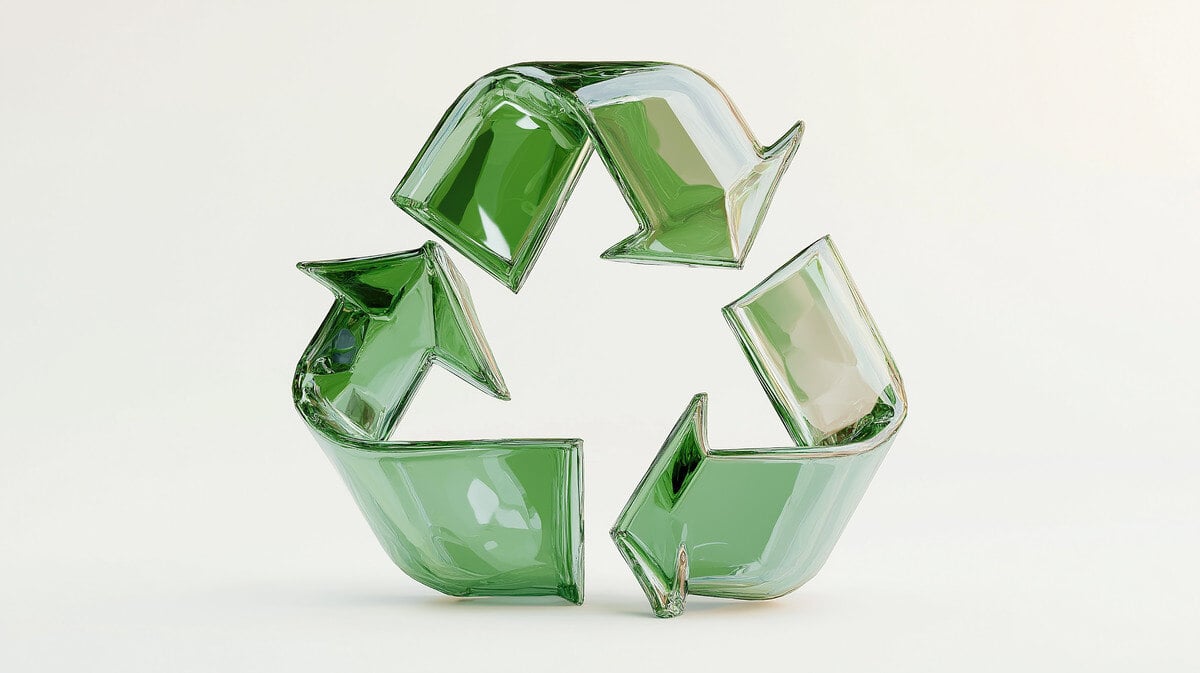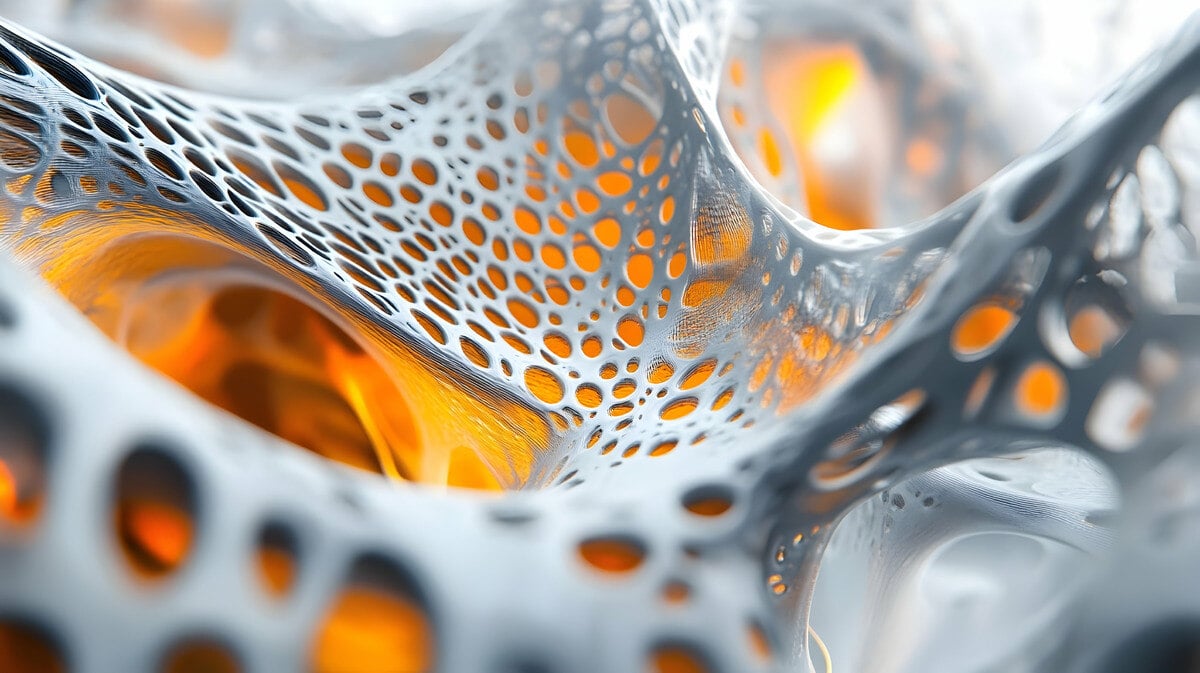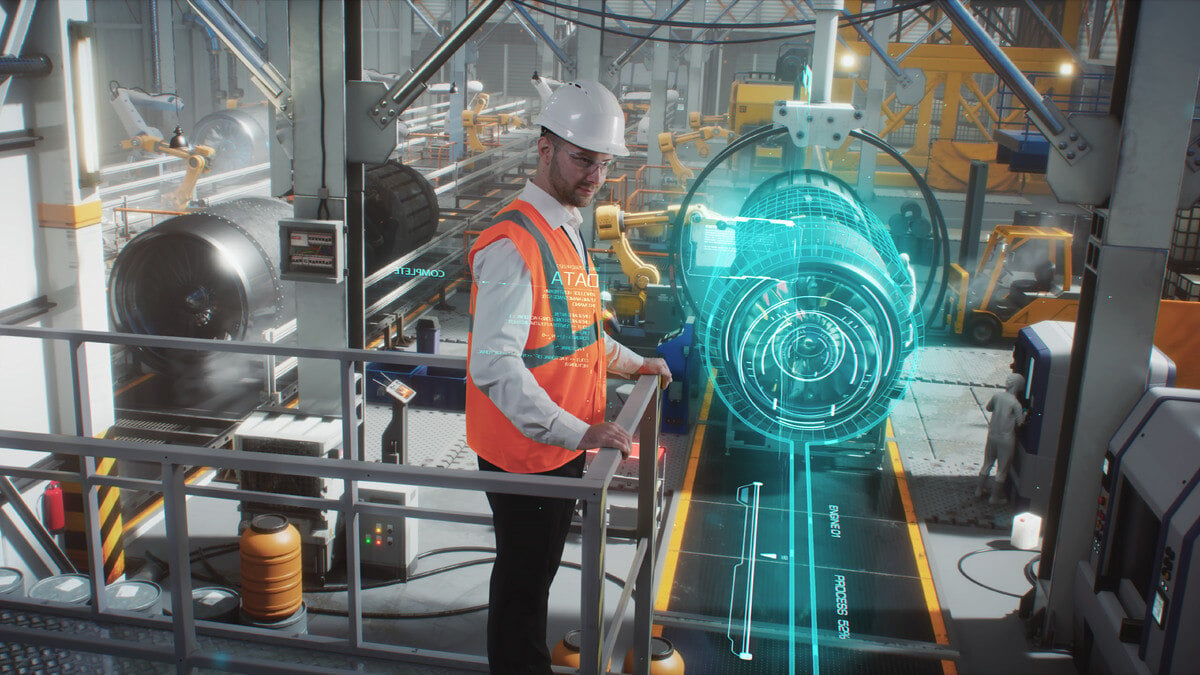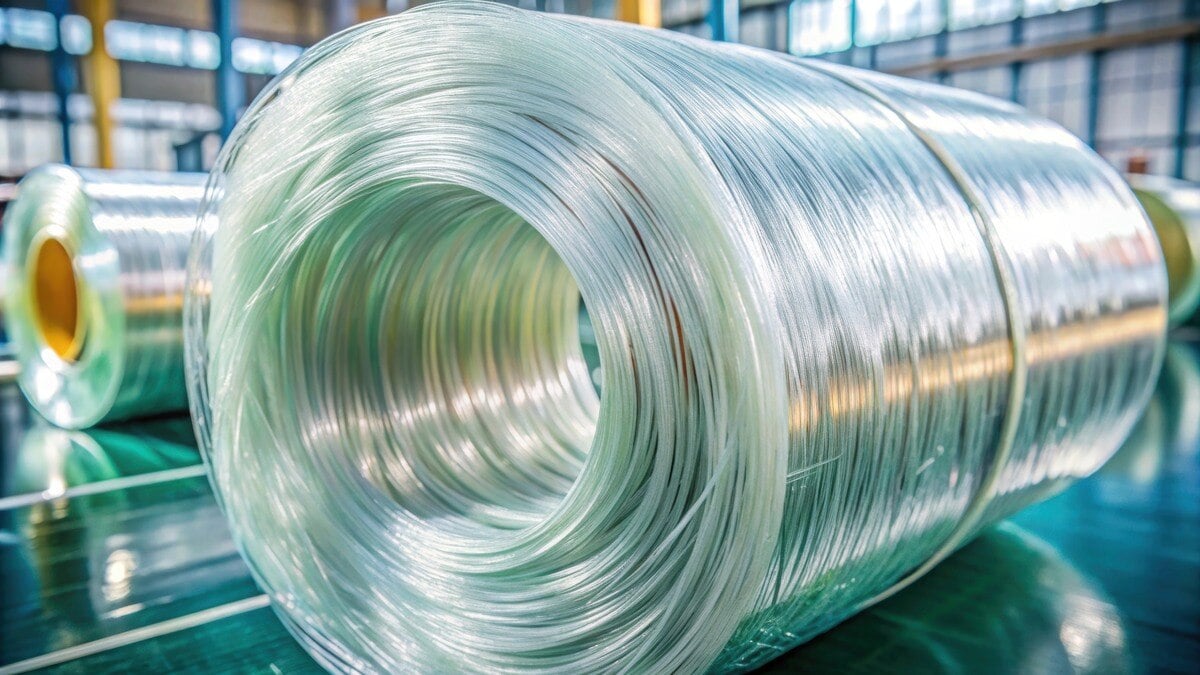
Fiber-reinforced polymer (FRP) profiles are diverse composite materials used in a range of industries around the world. From aerospace to telecommunications to architecture and construction and everything in between, FRPs are fast outperforming traditional materials.
Let’s take a look at the differences between thermoset and thermoplastic resins and the impact your choice of resin has on end products.
The Pultrusion Process
Pultrusion is a method of FRP manufacturing process that pulls continuous fiber materials through a resin bath for reinforcement. The liquid resin permeates the material and impregnates it with a range of technical and performance properties dependent on the resin used. Once saturated, the material is cured (polymerized) and your FRP is ready for deployment.
For more information on the pultrusion process used at Tencom, read our guide.
Thermoplastic vs. Thermoset Resins
Thermoplastic polymer resins are commonly used in the manufacture of profiles. We come in contact with thermoplastic resins constantly.
Between 2019 and 2024, the thermoplastic composites market is projected to grow at a compound annual growth rate (CAGR) of 5.2% and is expected to reach US $36 billion by 2024.
Thermoplastic resins are most commonly unreinforced, meaning, the resin is formed into shapes and do not have strength reinforcements. Such examples of common thermoplastic resin products include:
- Polyphenylene Sulfide (PPS)
- Polyvinylidene Fluoride (PVDF)
- Polyether ether ketone (PEEK)
- Polypropylene (PP)
- Polystyrene (PS)
- Polyamide (PA)
In general, FRP composites refer to the use of reinforcing fibers with a length of 1/4″ or greater. There are a few distinct advantages and disadvantages of thermoplastic composites.
Advantages
The major advantage of thermoplastic composites is that many thermoplastic resins have an increased impact resistance of comparable thermoset composites.
In some instances, the difference can be as high as 10 times the impact resistance.
Disadvantages
As thermoplastic resin is naturally in a solid-state, it is much more difficult to impregnate reinforcing fiber. The resin must be heated to the melting point, and pressure is required to impregnate fibers, and the composite must then be cooled under this pressure. This is complex and far different from traditional thermoset composite manufacturing.
The other disadvantage of thermoplastic composites is that expensive tooling, technique, and equipment must be used.
Thermoset Resins
Traditional FRP composites use a thermosetting resin as the matrix, which holds the structural fiber firmly in place.
Between 2016 and 2021, the thermoset composites market is expected to reach US$ 57.98 billion, at a CAGR of 6.67%. This is the larger market of the two types discussed here. Common applications are in civil engineering, appliances and electrical, and commercial and residential construction.
Within the class of thermoset resins, there are numerous resins available. These include (but are not limited to):
- Saturated and Unsaturated (UP) Polyester
- Vinyl Ester
- Epoxy
- Phenol-Formaldehyde (PF, Phenolic)
- Polybenzimidazole (PBI)
- Urea Formaldehyde (UF)
The most common thermosetting resin used today is polyester resin, followed by vinyl ester, epoxy and polyurethane (PU). Thermosetting resins are popular because when they are uncured and at room temperature, they are in a liquid state. This allows for convenient impregnation of reinforcing fibers such as fiberglass, carbon fiber, or Kevlar.
Applications
Common examples of thermoset plastics and polymers include epoxy, silicone, polyurethane, and phenolic. In addition, some materials such as polyester can occur in both thermoplastic and thermoset versions.
Compared to epoxy, unsaturated polyester or vinyl ester resins, polyurethane (PU) resins are relatively new materials for pultrusion. They are a combination of polymers consisting of polyol and isocyanate components. They have excellent adhesion to various substrates and high elasticity.
Polyurethane fiberglass pultrusions have been extensively tested against traditional resins in terms of tensile, compression, and flexural strength. In terms of compression strength, PU performed on par with other resin types.
However, PU showed marked advantages in terms of tensile and flexural strength, especially when measured against stresses applied in the important 90-degree direction.
For instance, polyurethane fiberglass pultrusions withstood 48.7 MPa of 90-degree tensile stress. Vinyl ester pultrusions, by contrast, only withstood 40.5 MPa of stress.
Pultrusion is a manufacturing technique that provides for the continuous production of fiber-reinforced profiles. It uses continuous rovings, usually in the form of glass, carbon, basalt or aramid fibers, which are impregnated with a liquid matrix resin.
The resulting composite material then moves through a heated die, where it reacts by crosslinking in the desired profile. The pultrusion machine incorporates a pull mechanism ─ such as grippers ─ located downstream of the die exerts a continuous pull force on the hardened profile. After cooling, the profiles are cut into customized cross-sections.
Thermoset resins have attributes which include:
- Resistance to solvents and corrosives
- Resistance to heat and high temperature
- Fatigue strength
- Customized elasticity
In a thermoset resin, the raw uncured resin molecules are crossed linked through a catalytic chemical reaction. This reaction, which is often exothermic, allows the resin to create very strong bonds with one another, and the resin changes its state from a liquid to a solid.
A thermosetting resin, once catalyzed cannot be reversed or reformed. This means that once a thermoset composite is formed, it cannot be remolded or reshaped. This makes the recycling of thermoset composites is extremely difficult. The thermoset resin itself is not recyclable, however, there are a few new companies who have successfully removed the resin through pyrolisation and are able to reclaim the reinforcing fiber.
The Takeaway
Tencom has produced pultruded thermoset products for ultra-high temperatures that have given test results of 575°F (302°C) for Glass Transition Temperature (Tg).
This makes it the highest Tg pultruded material ever tested and further confirms the tolerance of thermoset composites.
Other examples of thermoset end products include fiberglass poles as tree and vine support, telescoping poles, and crossbars, electrical components such as terminal boards, arc shields, and standoff insulators, and common use items like fans, ducts, and pumps.
In general, advances in thermoset and thermoplastic technology are constantly evolving. There is a place and a use for each. The diversity in resin application and its impact on end products is very evident when one analyses pultrusion manufacturing and the array of resins available.
Regardless of your project, by tailoring the resins used, there will be an FRP profile that fulfills your design and performance specifications.
If you’re interested in learning what resins are available for your next project, contact our team of experts.















